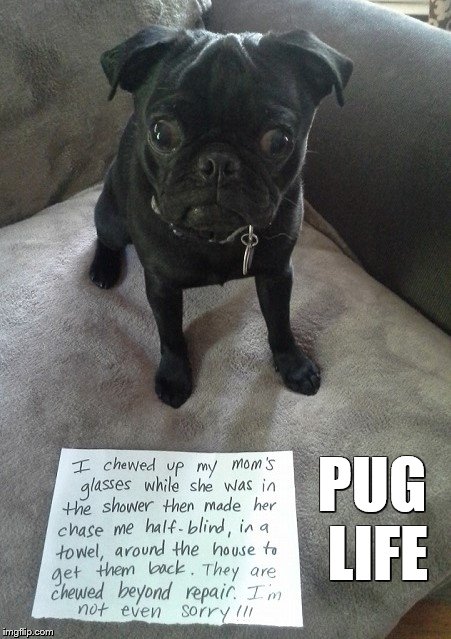

You can simply append the block: //- page.pug extends layout.pug block append head script ( src = '/vendor/three.js' ) script ( src = '/game.js' ) You want some game related scripts as well as these defaults. Now, consider a page of your JavaScript game. You might do this: //- layout.pug html head block head script ( src = '/vendor/jquery.js' ) script ( src = '/vendor/caustic.js' ) body block content Suppose you have default scripts in a head block that you wish to use on every page. Pug allows you to replace (default), prepend, or append blocks. primary block primary p nothing Block append / prepend ¶ primary block primary p nothing //- page-b.pug extends sub-layout.pug block content. (Alternatively, the child template could override content altogether.) //- sub-layout.pug extends layout.pug block content. As it shows, content now exposes a sidebar and primary block for overriding. It’s also possible to override a block to provide additional blocks, as shown in the following example. - page-a.pug extends layout.pug block scripts script ( src = '/jquery.js' ) script ( src = '/pets.js' ) block content h1 = title - var pets = Įach petName in pets include pet.pug //- pet.pug p = petName pug is automatically appended to the file name.) Then, define one or more blocks to override the parent block content.īelow, notice that the foot block is not redefined, so it will use the parent’s default and output “some footer content”. To extend this layout, create a new file and use the extends directive with a path to the parent template. - layout.pug html head title My Site - # block scripts script ( src = '/jquery.js' ) body block content block foot #footer p some footer content The example below defines block scripts, block content, and block foot.

Providing default content is purely optional, though. Pug blocks can provide default content, if appropriate. In a template, a block is simply a “block” of Pug that a child template may replace. Template inheritance works via the block and extends keywords. Router.Pug supports template inheritance. "mkyy", "Python", "IDE visual studio","Mssql"] alert(inp +'-hhhhhhhhhhhhhhhhhhhhhhhhhhhhhhhhhhhhhhhhhh') Memo() //clear list before initiatig new one Var x = document.getElementById("myselect") Select(name='dropdown' id="myselect" size="4" ,onClick="myclick()",style="margin. Link(rel='stylesheet', href='/scripts/css/bootstrap.css') Then the value of the index changes and the 'selected' option changes - to '6' but this then selects the 6th option of the options and not the one with the value of '6'.ĭrop-downs are the only thing I can't seem to populate so any help would be greatly appreciated. Var propertyType = document.getElementById('propertyType') įor (var i = 0 i < i++) Select#-lg(form='addProperty', name='propertyType')

I just need to match the option with the value from the mongoDB document and set the option to display in the list. I have seen ways of building the dropdown-list from scratch and setting an option as 'selected', but the form is already generated and has a dropdown-list already in place. I have been looking for ways to make a dropdown-list 'select' an option based on the value from the mongoDB document. I am populating a form from MongoDB so the contents can be edited. I have a Pug template that uses Bootstrap 4 as the 'layout' and receiving data from an Express/Mongoose server.


 0 kommentar(er)
0 kommentar(er)
